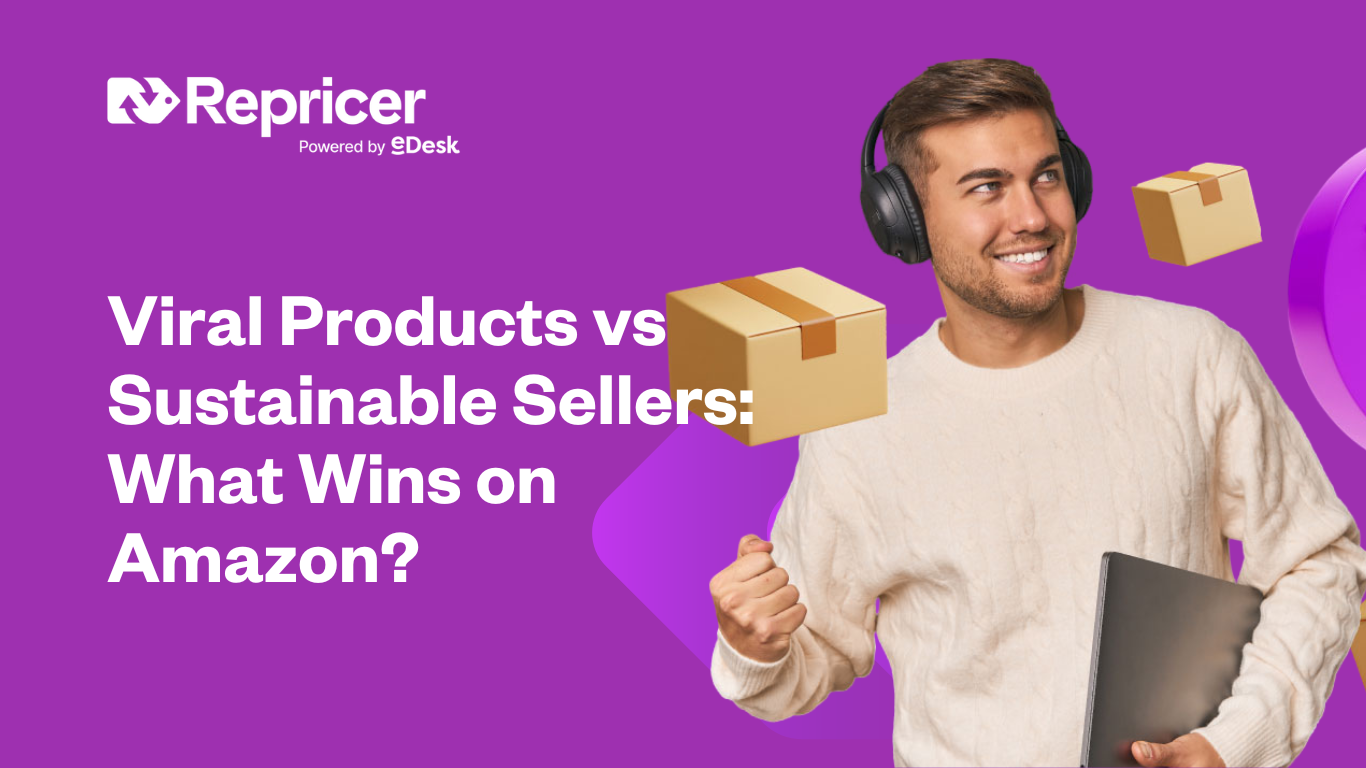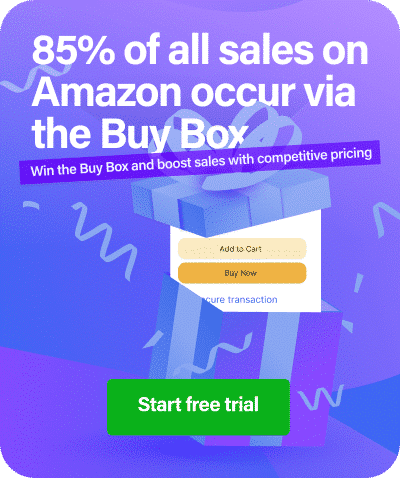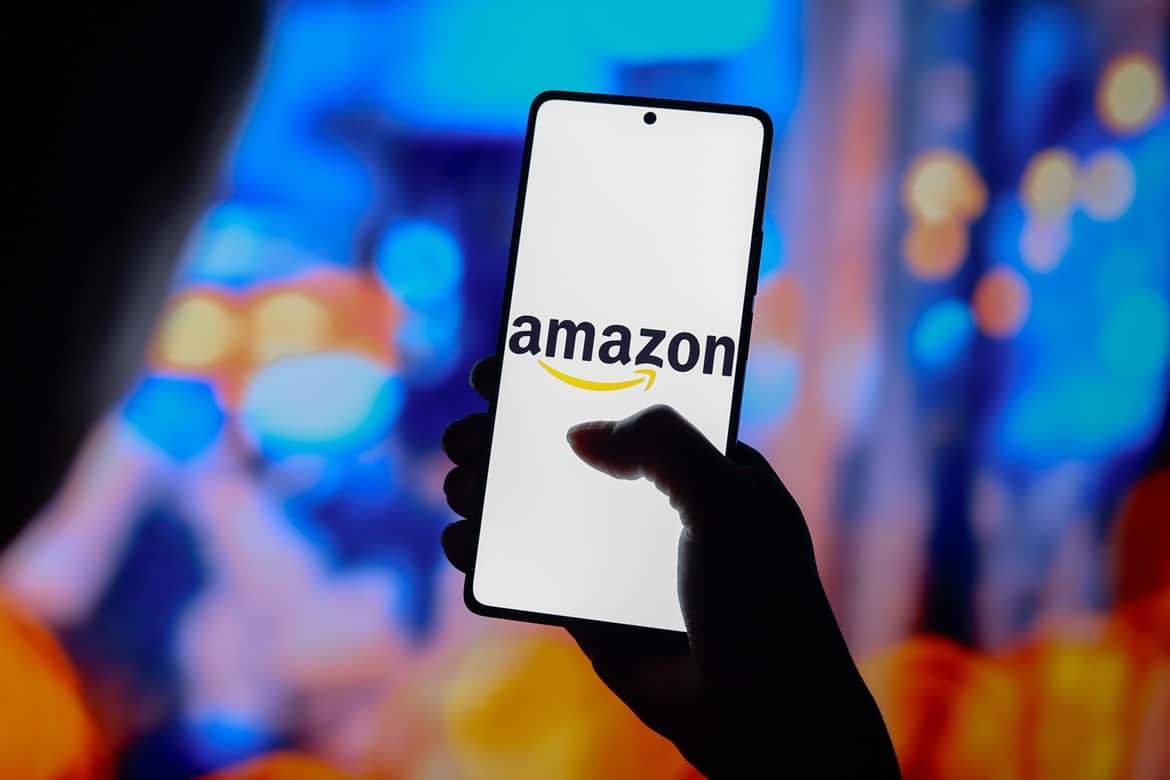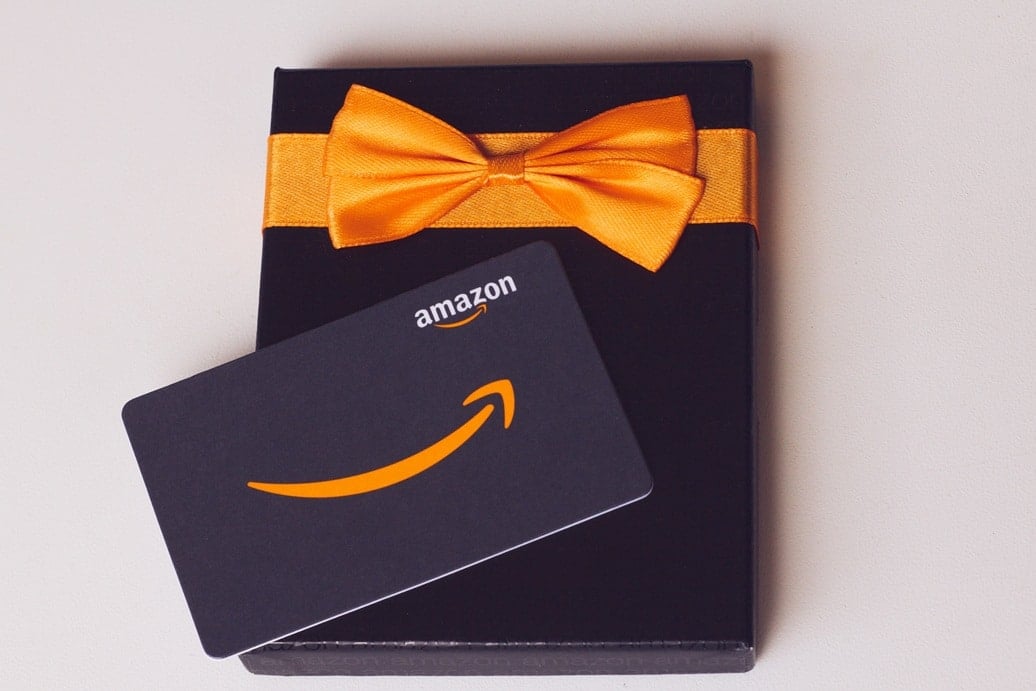When deciding on the best products to sell on Amazon, many sellers ask the same question: Should I chase viral trends or focus on long-term, evergreen items? It’s a fair dilemma and a good question to ask, because one promises rapid visibility and short-term gains, while the other offers steady growth and a stable business model.
But which one actually wins on Amazon?
Luckily for you, we have the answer, which is all about understanding the product lifecycle, the role of pricing automation, and how you position your brand in a fast-paced marketplace.
If any of this baffles you, don’t worry, we’ll talk you through it here. Let’s take a look at what exactly we mean by all this, and hopefully demystify the answer in the process, so you can alter your strategy accordingly.
The Allure of Viral Products
Viral products can feel like gold rush opportunities. Which is mostly because they’re often high-demand products that seemingly come out of nowhere and capture shoppers’ attention (be it through TikTok, influencer marketing, or seasonal trends). These items explode in popularity and can drive incredible sales volume in a short time.
There’s gold in them thar sales.
Which is why, for sellers using models like dropshipping on Amazon, viral products can be particularly appealing. Mostly because there’s less upfront investment and you have the ability to test trends (and be flexible) quickly.
However, this strategy comes with several risks, which shouldn’t be glossed over:
- Short Trend Lifecycles: Viral products tend to rise and fall quickly. By the time your listing gains traction, the trend may be fading.
- Increased Competition: Everyone wants in on a viral product, and this leads to intense competition, making it harder to maintain healthy margins.
- Price Volatility: Prices fluctuate rapidly, making it difficult to stay profitable without automation.
To stay competitive in this space, sellers must monitor pricing trends closely. Which is a 24/7 job (because, as we all know, eCommerce never sleeps).
To alleviate the need to stay up and responsive all night and keep your eyes option with matchsticks, automated repricing tools allow you to respond to shifts in real time, helping you avoid a price war and keep your listings competitive without constantly monitoring them manually.
Hello sleep, goodbye strain.
The Case for Evergreen Products
Evergreen items shouldn’t be dismissed though, just because they don’t have the hype behind them – far from it, in fact.
Evergreen items maintain consistent demand regardless of the season or trend cycle. Think kitchen essentials, pet supplies, or fitness gear. These are the backbone of a sustainable Amazon business.
Sellers focusing on these products often invest in creating their own brand on Amazon, which adds long-term value and customer loyalty.
Evergreen products come with stability, because they:
- Provide Predictable Revenue: Steady sales help with forecasting and inventory management.
- Reduce Competition Over Time: Branded products create differentiation in the market.
- Allow for Scalable Growth: Building a catalog of high-performing, evergreen products creates a flywheel effect that drives long-term profits.
Automated repricing can support evergreen strategies by optimizing your price position over time. Rather than racing to the bottom, automation helps you stay competitive while protecting your margins.
This isn’t a bidding war to the bottom, it’s a sustainable plan.
Hybrid Strategy: The Smart Seller’s Approach
There’s absolutely no rule that says you have to pick one or the other. In fact, many successful sellers use a hybrid approach, by which we mean riding short-term trends to generate cash flow while (at the same time) steadily building a portfolio of sustainable products.
By using a repricing solution that adapts to both fast-moving and steady-selling SKUs, sellers can take advantage of viral spikes without compromising long-term strategy. This includes adjusting to trend lifecycle changes and positioning your product optimally, whether it’s in high demand or part of a long-play strategy.
For more insight into spotting high-demand products, check out this guide. And if you’re just getting started with low-risk methods, don’t be put off – just find out more about dropshipping on Amazon before you get started.
So, What Really Wins?
There’s no one-size-fits-all strategy on Amazon.
Yes, we know that’s not a newsflash by any stretch of the imagination, but it bears repeating.
Viral products might win the race today, but evergreen items win the marathon. The most successful sellers are those who use data, automation, and branding to adapt to changing conditions and consumer behaviors.
With the right tools and strategy, the answer here is that you actually don’t have to choose between short-term success and long-term growth.
You can have both.
Want to see how smart repricing can support your Amazon business? Book a Demo today. No credit card, no obligation, just see how it works.





